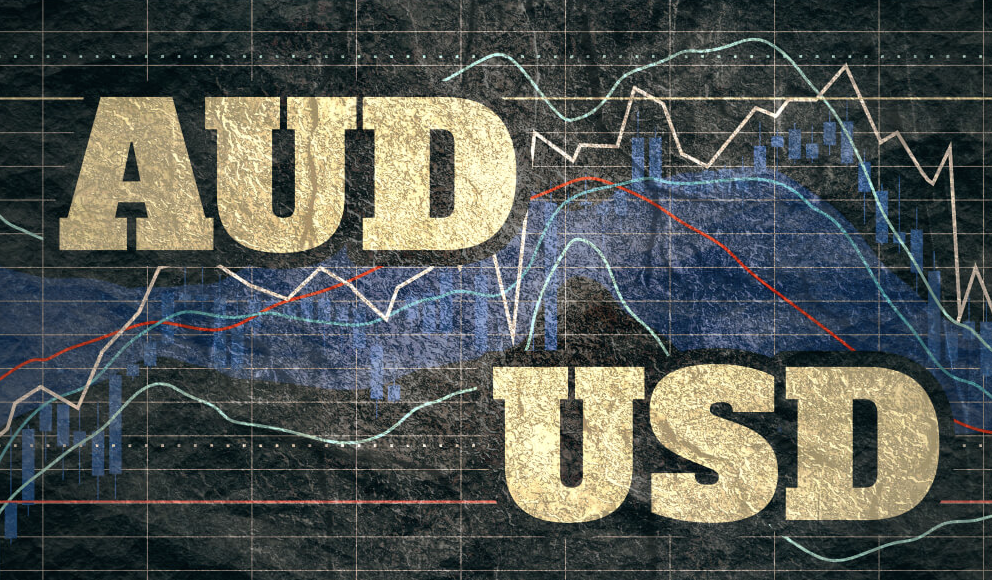The AUD/USD Pair Loses Ground above the 0.6600 Level as the US Dollar Recovers Modestly
In the early Asian session on Monday, AUD/USD trades on a weaker note near 0.6620. In February, nonfarm payrolls in the United States increased by 275,000, while the unemployment rate surged to 3.9%, exceeding expectations. For the first time in six months, the Chinese CPI increased by 0.7% year-over-year in February, from -0.8% previously.

During the early Asian session on Monday, the AUD/USD pair is trading above the 0.6600 psychological mark with a slight negative bias. The pair experiences a slight decline as a result of the US Dollar's (USD) moderate recovery from 102.40 to 102.75. This week, investors will intently monitor the Retail Sales and the Consumer Price Index (CPI) of the United States for new impetus. The AUD/USD exchange rate is 0.6620 at press time, remaining unchanged for the day.
In February, nonfarm payrolls in the United States increased by 275K, compared to 229K in January, exceeding expectations by 200K. In the interim, Average Hourly Earnings deviated from expectations and the previous reading of 4.4%, reaching 4.3% year-over-year. Since January, the unemployment rate has increased from 3.7% to 3.9%.
During his semiannual testimony last week, Federal Reserve Chair Jerome Powell stated that the labor market is relatively constrained, but that supply and demand conditions have continued to improve. According to the markets, additional data will be necessary for the Federal Reserve to be certain that the labor supply is recovering. The CME FedWatch Tool indicates that traders have almost entirely priced in a June rate cut and a reduction of nearly 100 basis points (bps) by the end of the year.
Amid expenditures associated with the Lunar New Year, the Chinese Consumer Price Index (CPI) increased for the first time in six months. February's annual growth rate for China surpassed the market consensus of 0.3%, rebounding from January's decline of 0.8% to 0.7%. This marked the first monthly increase since August 2023. February saw a year-on-year decline of 2.7% for the Producer Price Index (PPI), which was lower than both January's reading of a 2.5% decline and expectations. The Chinese CPI inflation data boosts the Australia Dollar (AUD), a proxy for China's economy, which is the second-largest in the globe.
In anticipation, market participants will closely monitor the US Retail Sales and February CPI data on Tuesday and Thursday of this week, respectively. Tuesday is the due date for the Westpac Consumer Confidence report for March on the Australian agenda. The AUD/USD pair might obtain a distinct direction from these occurrences.
Bonus rebate to help investors grow in the trading world!

 English
English















